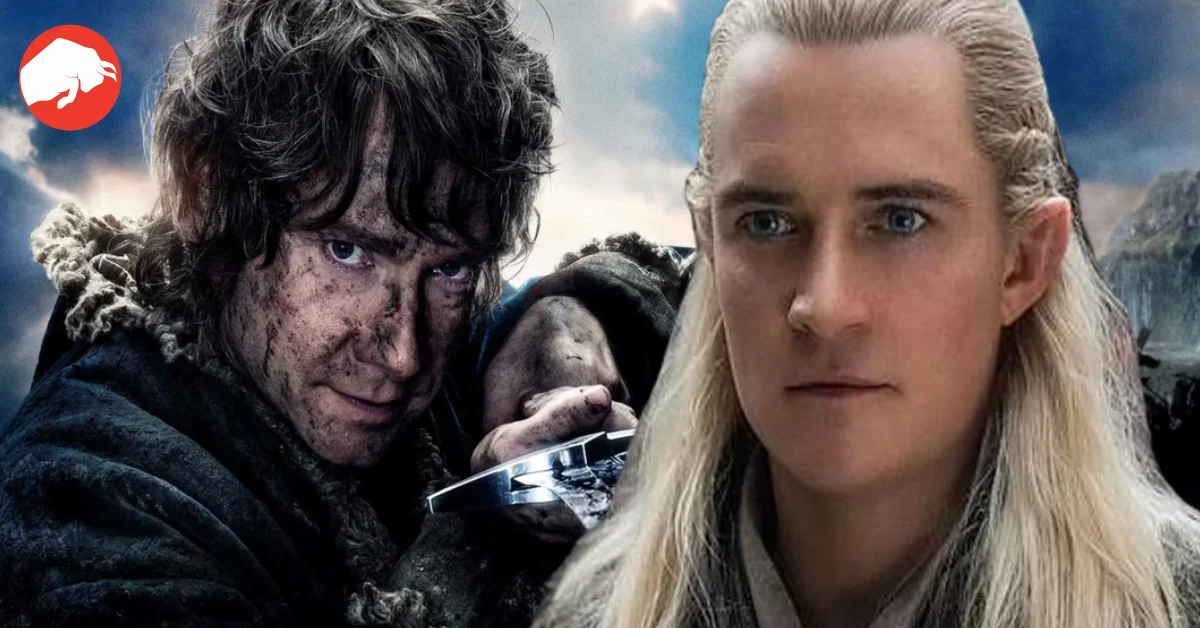Peter Jackson’s meteoric adaptation of J.R.R. Tolkien’s world in “The Lord of the Rings” trilogy set the bar high. As the curtains drew on Frodo’s journey, fans across the globe were left yearning for more of Middle-earth’s enchantment. When whispers of “The Hobbit” trilogy began circulating, anticipation was rife. However, as the films rolled out, what was intended to be an epic saga turned into a drawn-out affair, leaving fans with mixed feelings.
The Over-reliance on Modern Technology
“Gollum’s Introduction in The Hobbit An Unexpected Journey”
In trying to capture the magic of Middle-earth, Jackson opted for the green screen and CGI over New Zealand’s lush landscapes, which worked wonders in “The Lord of the Rings”. This technological over-dependence made scenes look artificial rather than immersive.
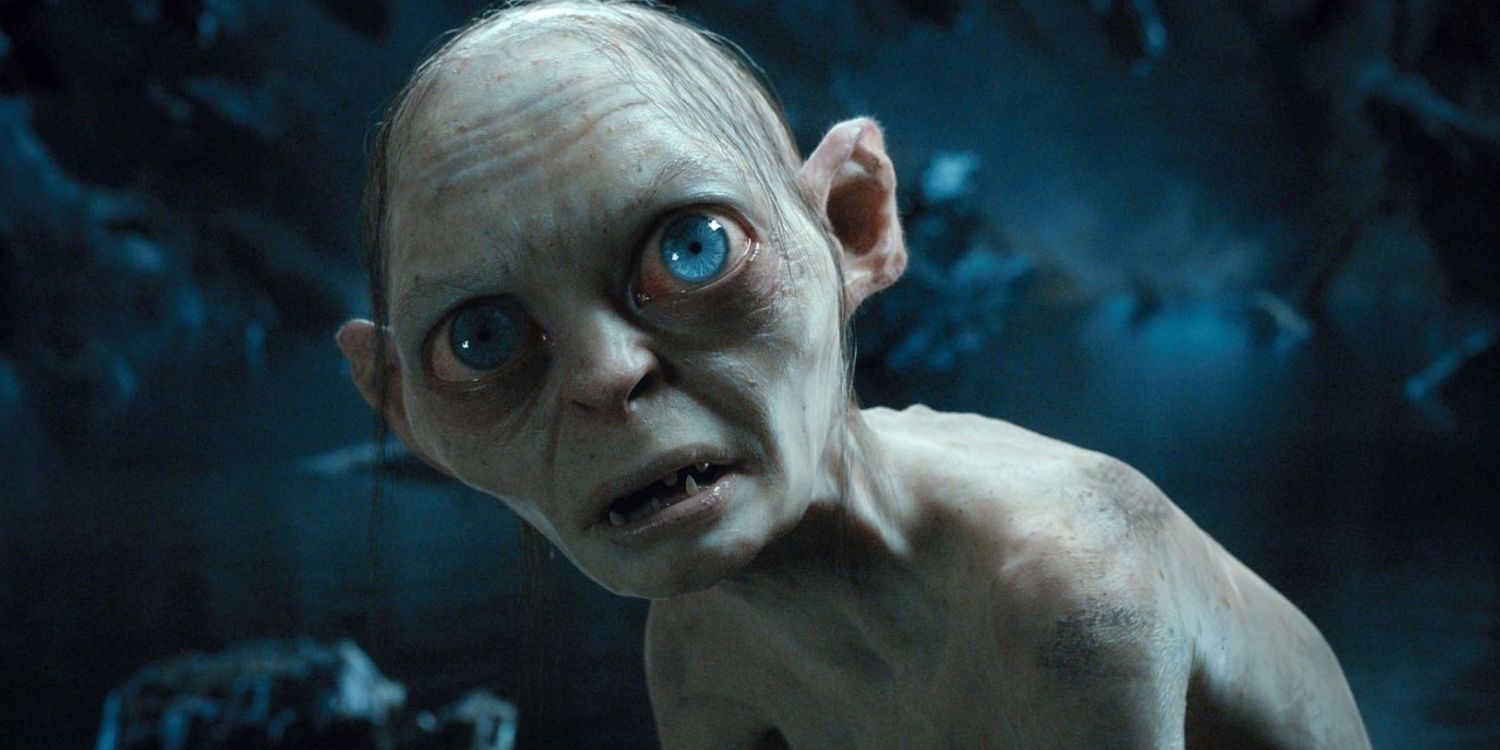
A Slender Novel Stretched Thin
“Gandalf talking to Bilbo outside the troll horde in The Hobbit An Unexpected Journey”
J.R.R. Tolkien’s “The Hobbit” was penned as a simple tale for kids. But in Peter Jackson’s ambitious hands, the narrative was bloated with added chase sequences, making the adaptation feel disjointed rather than cohesive.
The Directorial Switcheroo
While Guillermo del Toro’s vision for Middle-earth remained a dream, Jackson’s return to the director’s chair saw him retracing his steps from “The Lord of the Rings”, missing out on the opportunity to offer fans something fresh and distinctive.
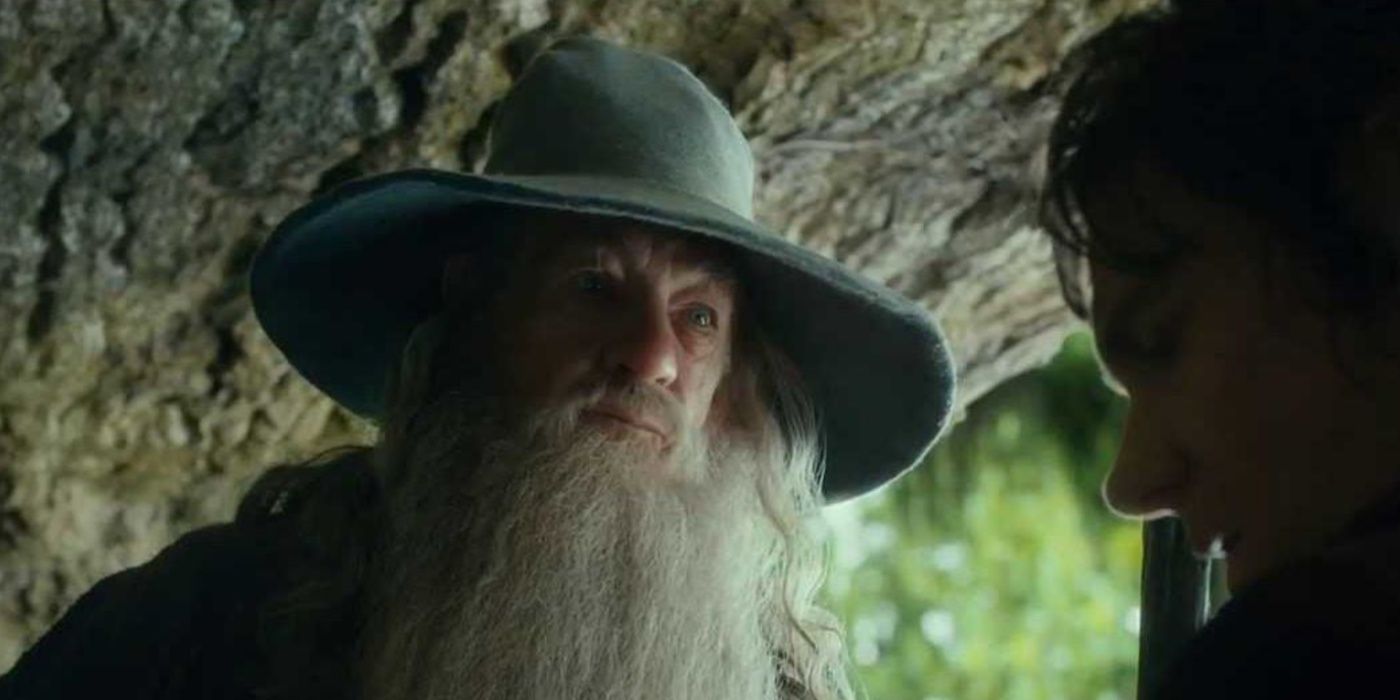
Unwelcome Additions and Omissions
Jackson’s changes to the storyline, including the introduction of entirely new characters like Tauriel and her love story with Kili, strayed far from Tolkien’s original tale. While such alterations worked in “The Lord of the Rings”, they felt unnecessary and jarring in “The Hobbit”.
Frame Rate Fiascos
In a bold move, Jackson released “The Hobbit” in 3D HFR (High Frame Rate), a format that divided fans. The heightened realism it offered ended up robbing the movies of their fantastical essence, leaving many moviegoers disoriented.
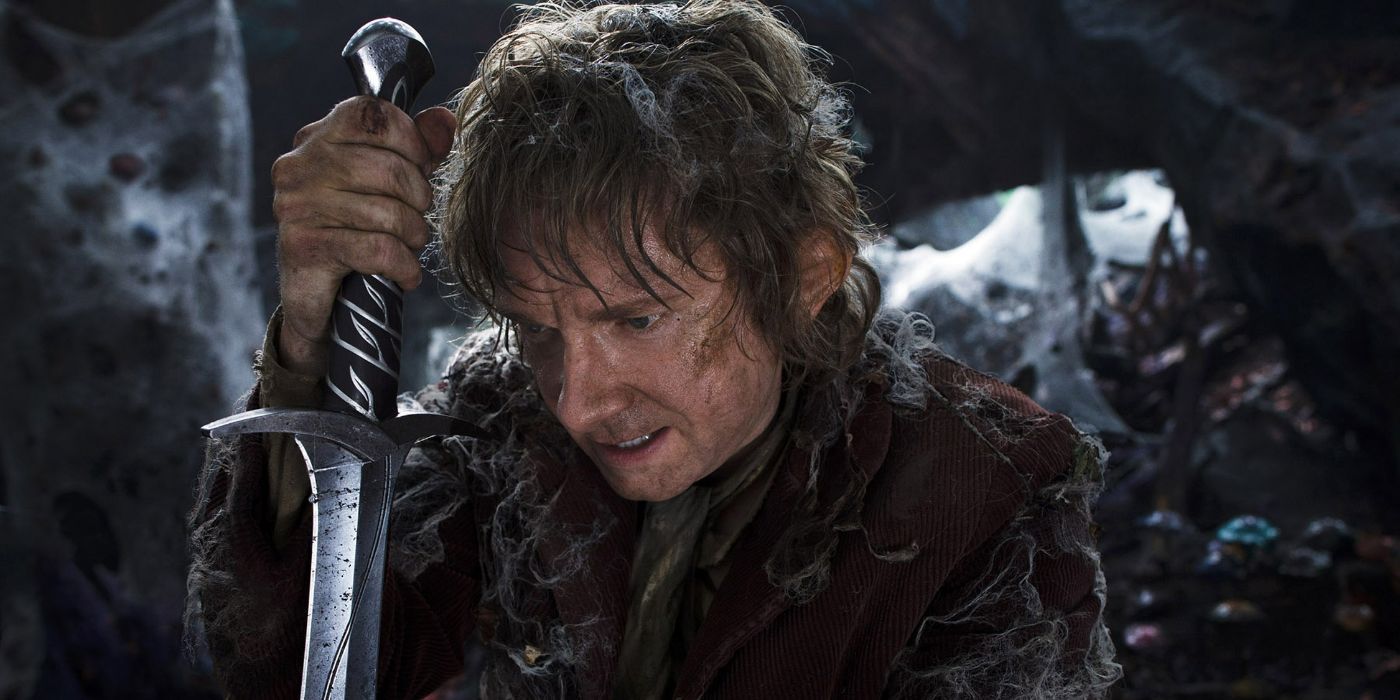
Character Development Missteps
“Dwalin in The Hobbit looking off screen”
Where “The Lord of the Rings” celebrated its diverse ensemble, “The Hobbit” struggled. Despite boasting a cast of memorable figures, only a few were truly fleshed out, making their journeys less emotionally gripping.
The Villain Void
While Sauron’s looming menace bound “The Lord of the Rings”, “The Hobbit” lacked a similarly compelling antagonist. The focus on Smaug and the White Orc couldn’t match the stakes set by the former trilogy.
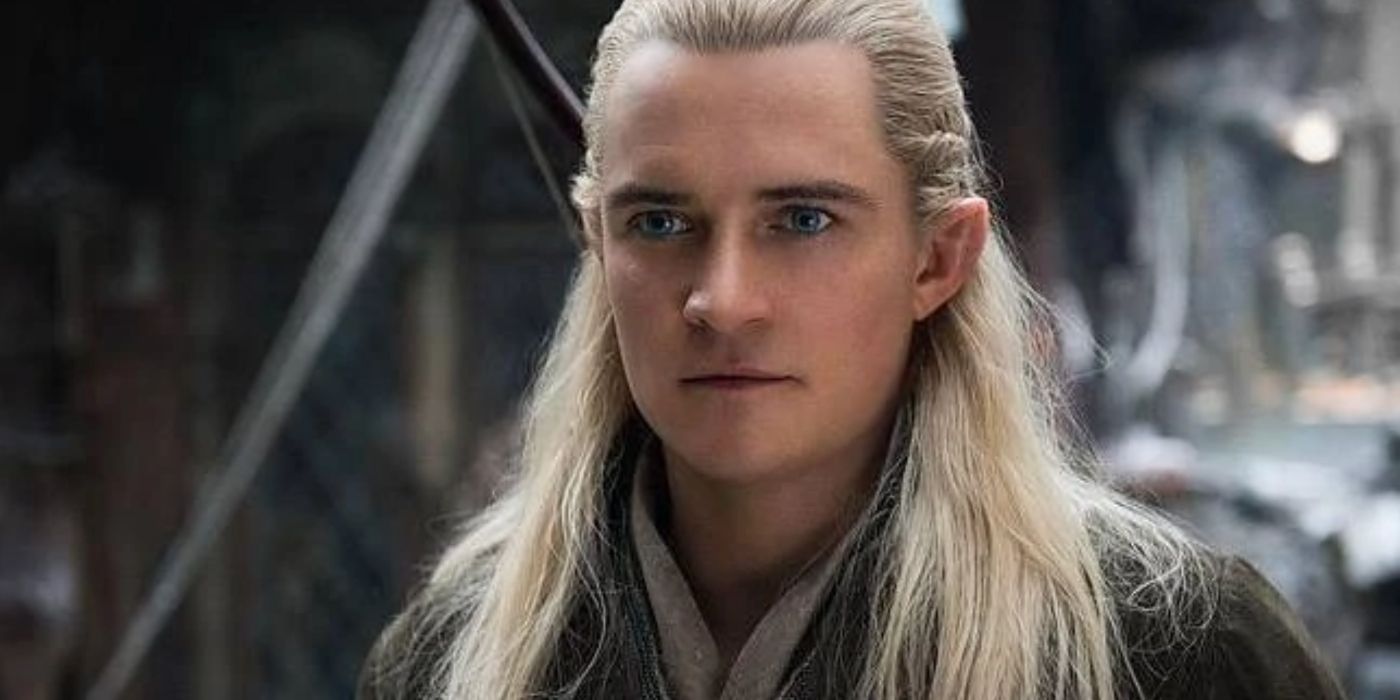
Tinkering with Technology
Though de-aging technology is commonplace today, its application in “The Hobbit” films, especially on Legolas, was a sore point for fans, distracting from the narrative.
Forced Connections
In an attempt to bridge the two trilogies, characters like Legolas were thrust into “The Hobbit”. However, these insertions felt more like shoehorned callbacks rather than organic inclusions.
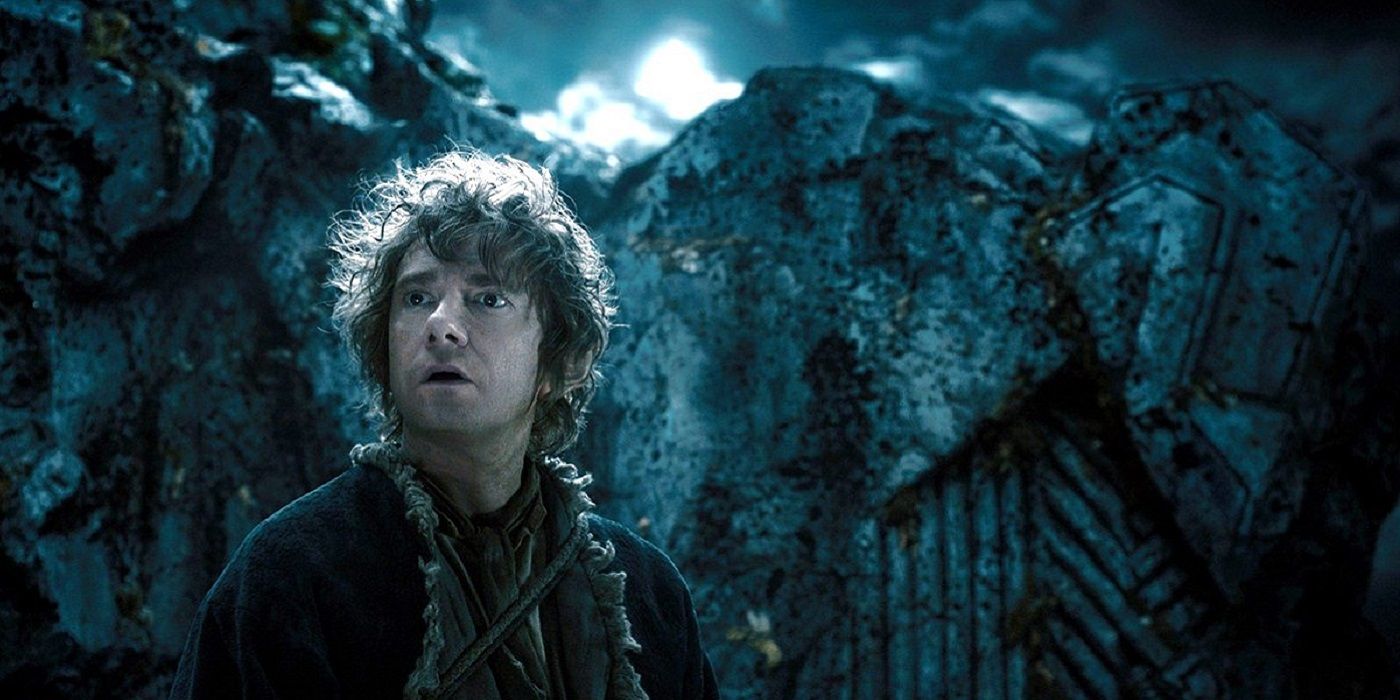
The Misstep of the New Fellowship
The camaraderie glimpsed at the start of Bilbo’s journey with the dwarves soon faded, overshadowed by the vibrant and varied group in “The Lord of the Rings“. This lack of attention to character dynamics left fans pining for the original band of heroes.
Conclusion
“The Hobbit” trilogy had mammoth shoes to fill, following the masterpiece that was “The Lord of the Rings”. While it showcased moments of brilliance, deviations from the source material and heavy reliance on technology made it fall short of expectations. Still, it’s a testament to Tolkien’s rich world that even its lesser adaptations continue to captivate and stir debate among fans.


